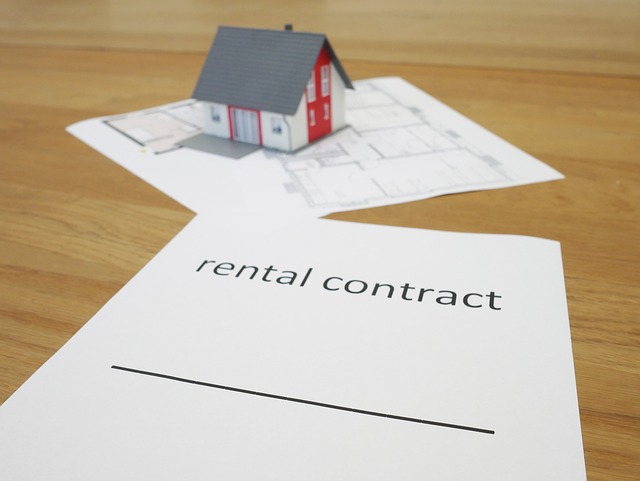Premium Factors: What Influences Costs for Rental Property Coverage
Understanding what drives the cost of rental property coverage helps landlords make informed choices. Premiums reflect a mix of property characteristics, tenant profiles, local risks and the policy’s scope. This article outlines the primary cost drivers—liability exposure, claims history, vacancy and maintenance practices—and offers a practical comparison of common provider estimates to ground expectations.

Premiums for rental property coverage vary because insurers price a combination of objective factors and management practices. Insurers assess the property’s location, physical condition, occupancy patterns and the degree of liability exposure created by tenants or visitors. Policy details such as coverage limits, deductibles, and whether flood or replacement-cost coverage is included also shape the final premium. Clear documentation, regular maintenance and timely repairs can moderate costs by reducing perceived risk, while a history of claims or a high-crime area usually increases premiums.
How does property condition affect premiums?
The physical condition and age of a property are central to premium calculations. Older roofing, outdated electrical systems or deferred repairs increase the probability of claims for fire, water damage or theft, which insurers translate into higher rates. Replacement-cost valuations for structural elements or building materials further raise premiums compared with basic actual-cash-value policies. Regular maintenance records and receipts can help demonstrate reduced risk; insurers may offer better terms when landlords show scheduled inspections, recent upgrades or safety features such as smoke detectors and secure entry systems.
How do tenants and liability shape coverage costs?
The profile of tenants and how the rental is used affects liability exposure and therefore premiums. Short-term rentals or multiple occupants can present higher wear-and-tear and liability risks than long-term tenants, and commercial or mixed-use occupancy may require different endorsements. Liability limits are a major cost driver: higher liability coverage increases premiums, while lower limits reduce them but expose owners to more out-of-pocket risk. Screening practices, lease clauses about tenant responsibilities and documentation of tenant communications can influence underwriting assessments and potential discounts.
What role do claims history and documentation play?
A landlord’s claims history is a strong predictor of future costs. Frequent past claims often result in higher premiums or limited coverage options. Insurers review documentation—maintenance logs, incident reports and photographic records—to verify the condition and management of the property. Well-documented repairs and timely response to tenant issues can mitigate perceived risk. Accurate documentation also speeds claims handling and may limit premium increases after an incident, because clearer evidence helps insurers determine responsibility and prevent fraudulent or inflated claims.
How do vacancy, repairs, and maintenance influence risk?
Vacancy increases several types of risk: unoccupied units are more susceptible to undetected leaks, vandalism and theft, which can result in more costly claims. Many policies have specific vacancy clauses that reduce or exclude coverage after a property has been vacant for a set period. Regular repairs and preventive maintenance lower the frequency and severity of claims, which supports more favorable premiums over time. Proactive investment in systems like smart leak detectors, secure locks and scheduled inspections can be cost-effective by preventing claims that drive up average premiums.
How do flood, fire, and theft risks affect pricing and coverage?
Perils such as flood, fire and theft are often priced separately or require endorsements beyond a standard policy. Flood risk is frequently assessed based on flood-zone mapping and may be excluded from general landlord policies; when available, flood coverage significantly raises premiums in high-risk areas. Fire risk depends on building materials, proximity to fire services and electrical systems. Theft risk is influenced by neighborhood crime rates and security measures. Insurers combine these perils into an overall risk profile that informs premiums, and higher limits or lower deductibles for these perils increase policy cost.
To illustrate typical market ranges and providers, here are example offerings and cost estimates for landlord-focused policies. These figures are illustrative ranges and reflect common policy structures such as building coverage, liability and optional endorsements.
| Product/Service | Provider | Cost Estimation |
|---|---|---|
| Standard landlord dwelling policy (Dwelling Fire or DP3) | State Farm | $700–$1,500 per year |
| Comprehensive rental property policy with liability | Allstate | $900–$1,600 per year |
| Rental property package with endorsements | Liberty Mutual | $800–$1,700 per year |
| Small rental property specialist policy | Nationwide | $750–$1,400 per year |
Prices, rates, or cost estimates mentioned in this article are based on the latest available information but may change over time. Independent research is advised before making financial decisions.
Conclusion Insurance premiums for rental properties reflect a mixture of tangible property factors and landlord practices. Accurate documentation, consistent maintenance, responsible tenant screening and an understanding of perils like flood, fire and theft help manage risk and influence pricing. Comparing coverage details—limits, deductibles and excluded perils—across providers clarifies trade-offs and supports decisions aligned with a property owner’s risk tolerance and financial planning.






